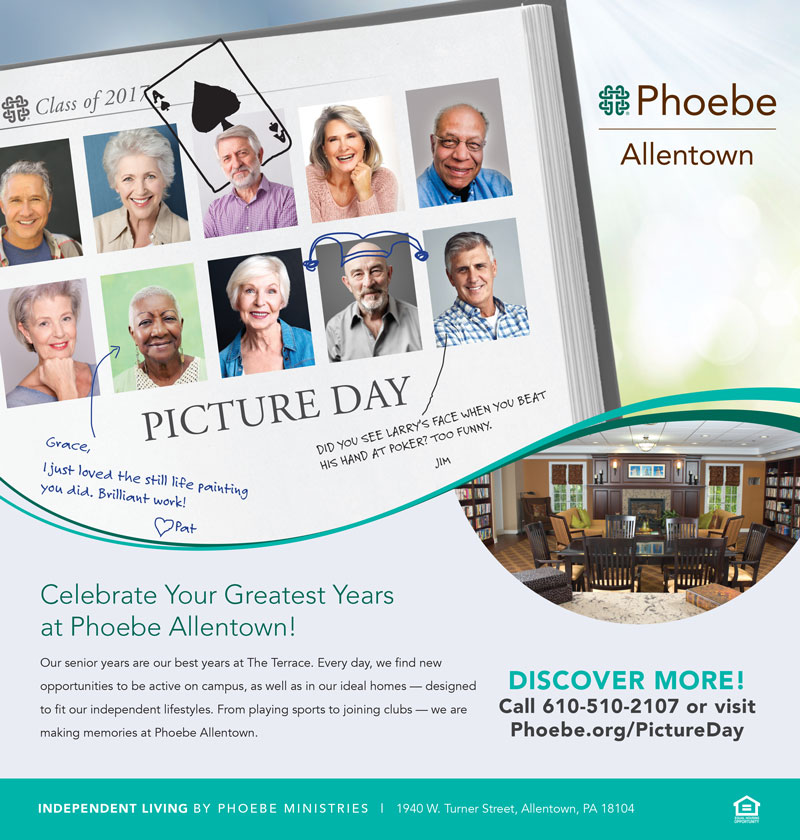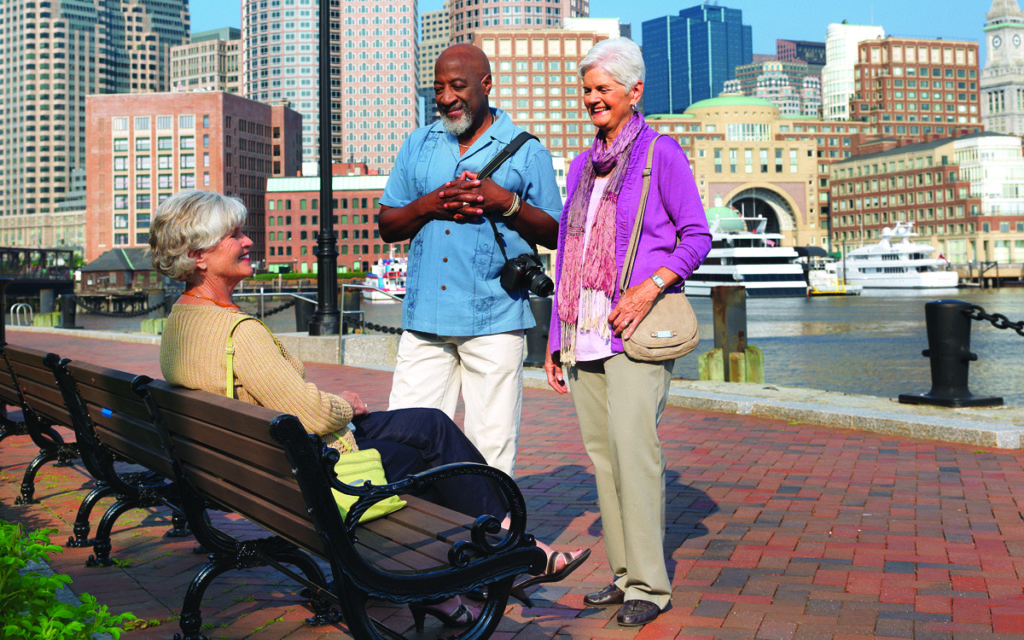Nothing says Fall like pumpkin patches, football (Go Buckeyes) and hot weather? Hope everyone enjoyed their nice, warm weekend!
In this week’s most clicked article, David McNeill discusses new advancements companies are making to aide Japan’s aging population. Our most shared feature, from McKnight’s Senior Living, shared Boomers’ preferences for where why what to live at they age.
Most Clicked: Japan’s Aging Population Creates Technology Advances
From medical products to lingerie, companies are inventing new products for Japan’s growing aging population. According to David McNeill, “One in four Japanese are over 65; by 2035, it will be one in three, predicts the government.”
Drones that deliver medicine from a doctor to a remote patient, lingerie that factors in time and gravity, mobile phones with larger buttons and simplified functions are just some of the products invented or used heavily by Boomers and beyond in Japan.
However, Japan is not the only society aging. As we first shared in a previous post, other countries, including the United States, are not far behind when it comes to developing products and tools. However, marketing these products can be tricky.
What is the correct approach?
“Most consumers consider themselves younger than they actually are, and not just because they live longer, healthier lives,” says McNeill. Offering the solution to the problem instead of speaking to the consumer’s age has helped with elderly buy in.
At Creating Results, we understand that to best appeal to a senior target market you should focus on the lifestyle of a senior living community. Therefore, we create aspirational campaigns that focus on the active lifestyle, amenities and social aspects the prospects can enjoy while living there.
To read the full article and all products mentioned, click here: http://bit.ly/2yrDhFn
Most Shared: Where do City-dwelling Boomers want to Age?
According to the 2017 Aging in Cities survey commissioned by Welltower, 19 percent of baby boomers want to live in an urban senior living community, if they cannot stay in their own home and/or hire in home help.
“Eighty percent of baby boomers who live in large cities want to keep living there after they turn 80 – either in their current homes or someplace nearby,” the survey results conclude.
What does this mean for urban senior living?
These senior living communities need to adapt city life, including amenities for the residents and access to the city’s offerings. According to the article, “People currently living in cities believe they offer advantages for healthcare, transportation, and making new friends, which they deem especially important for older adults.”
Our client, North Hill, partners with cultural and educational institutions near Boston that appeal to a large swath of their residents due to their urban location.
50+ Marketing Tip: Highlighting opportunities (and proximity) to the larger community is critical. Explore what parts of your community offer the most appeal and ensure your residents have transportation to the movies, doctor’s offices and popular events. Be sure to make the larger community part of the sales process while speaking with prospects and share how your community benefits.
To read the full article, click here: http://bit.ly/2xIOKgg





